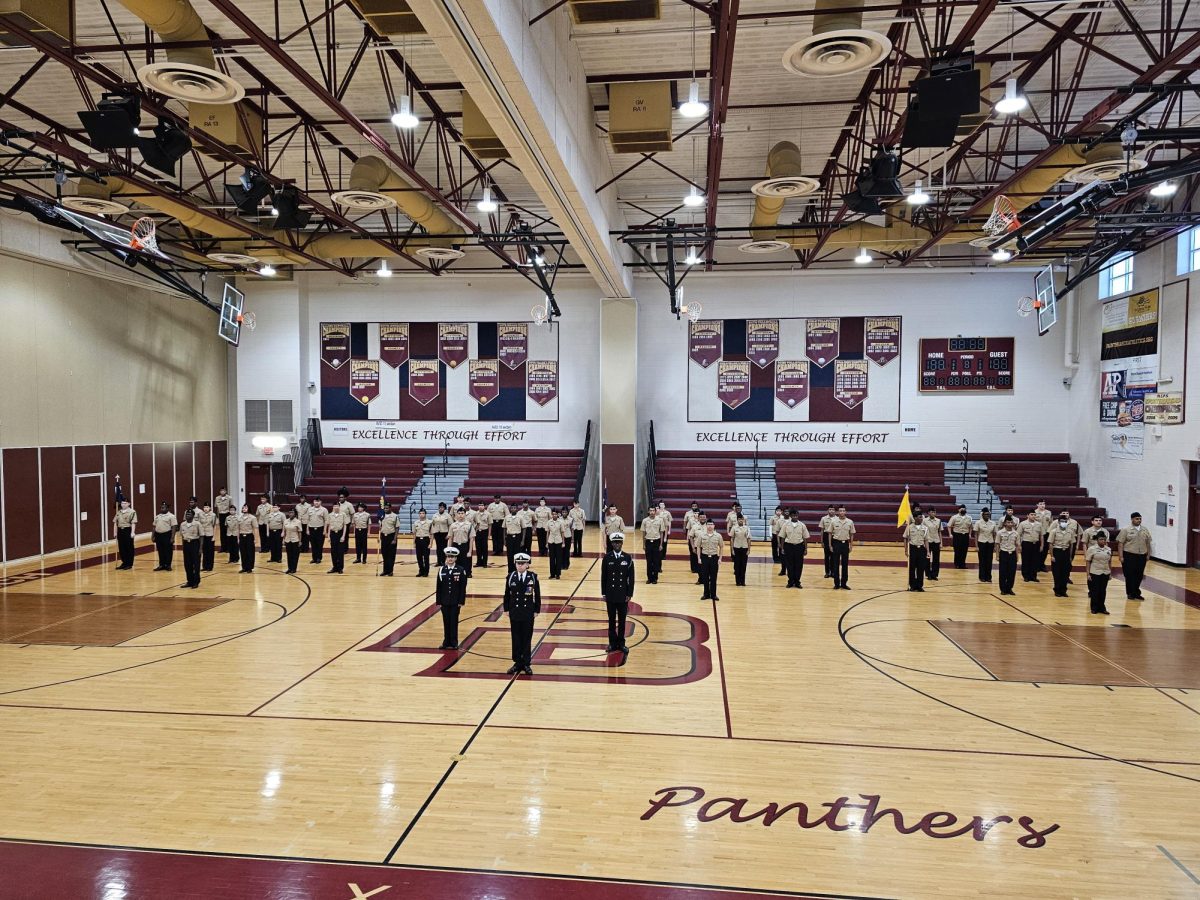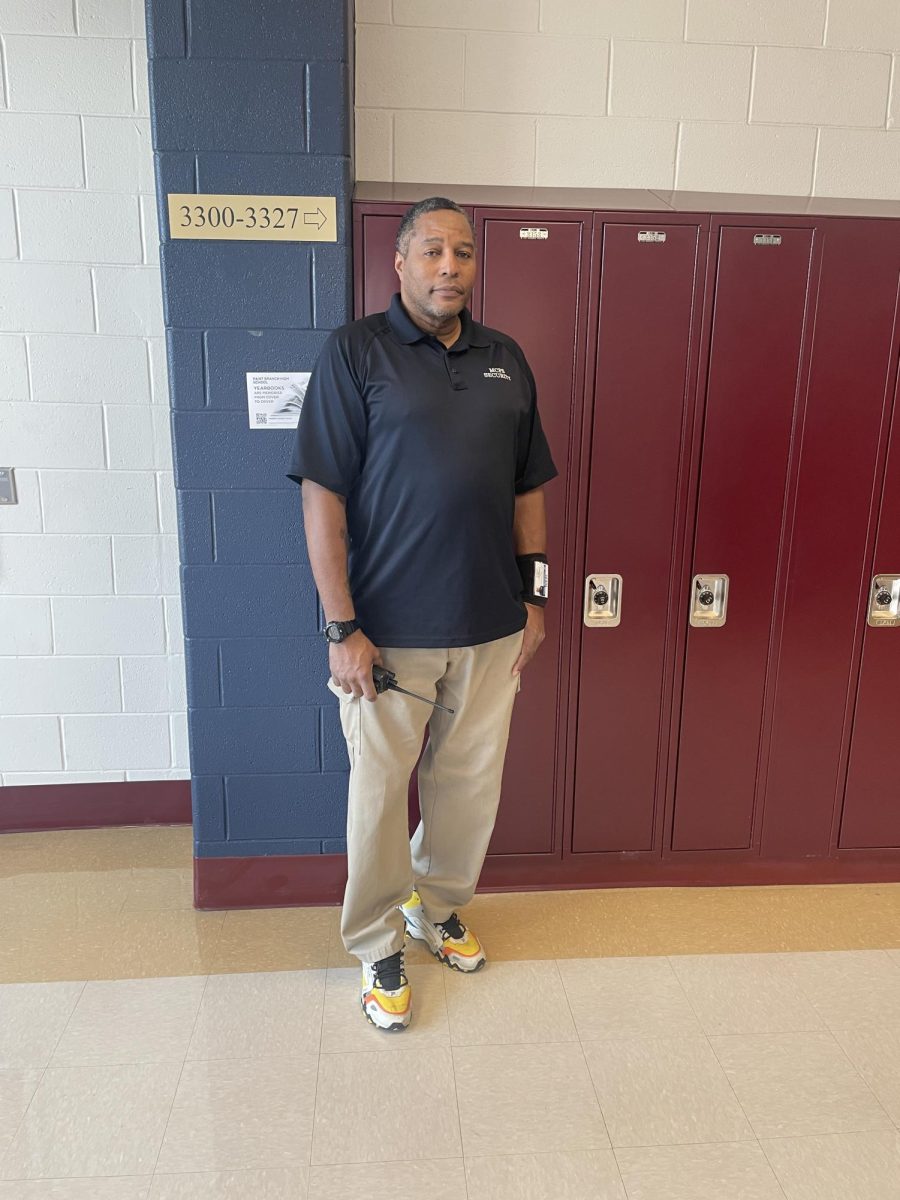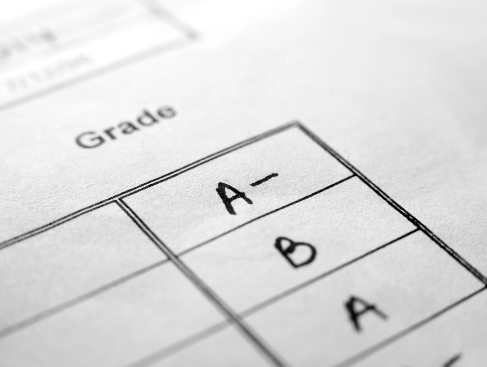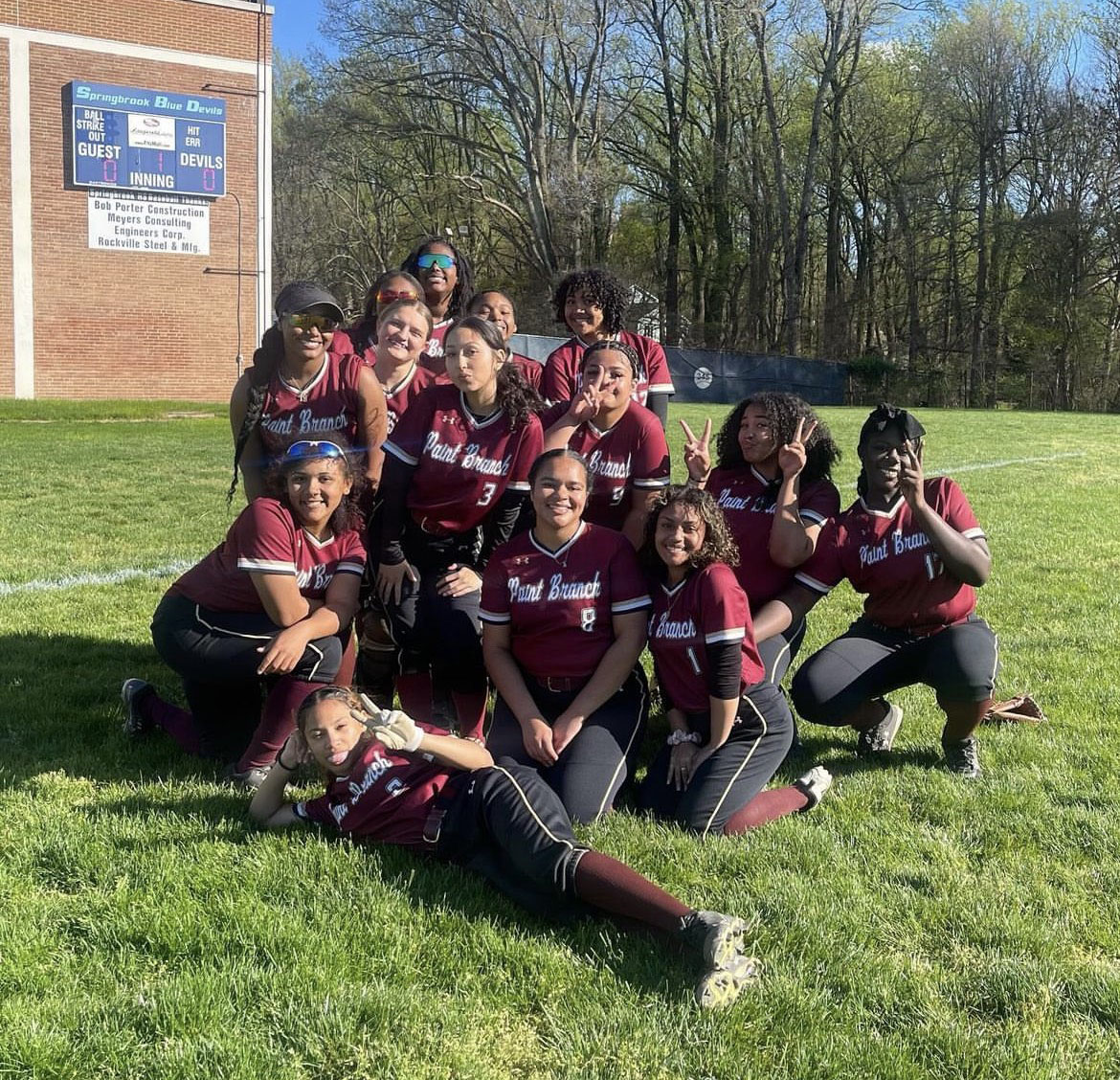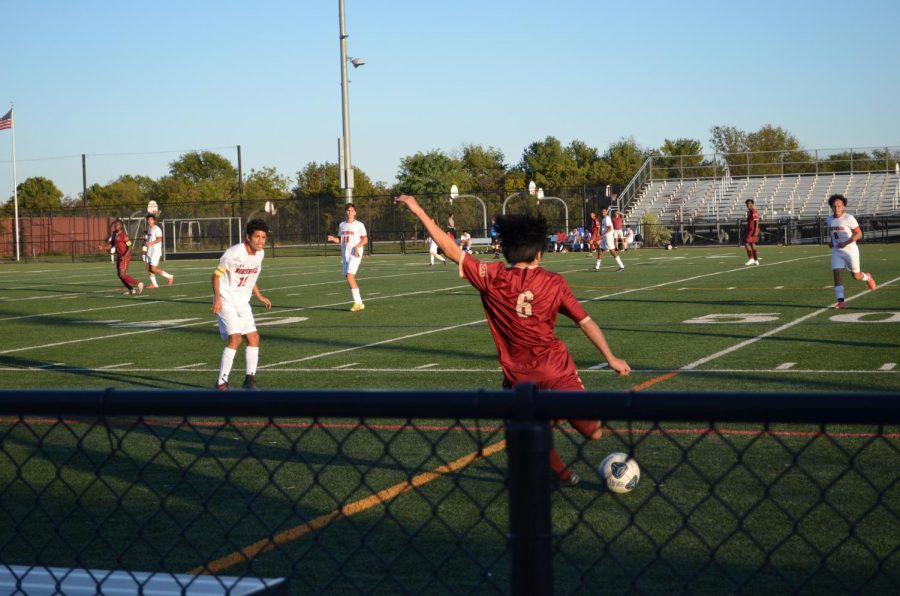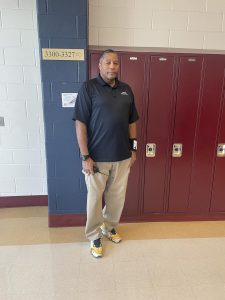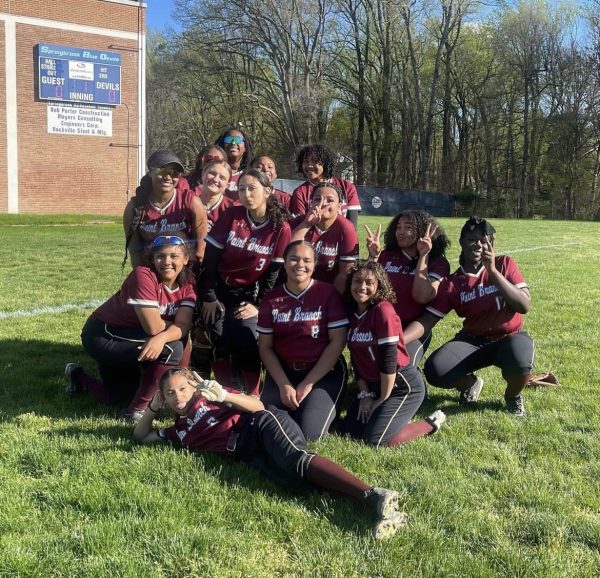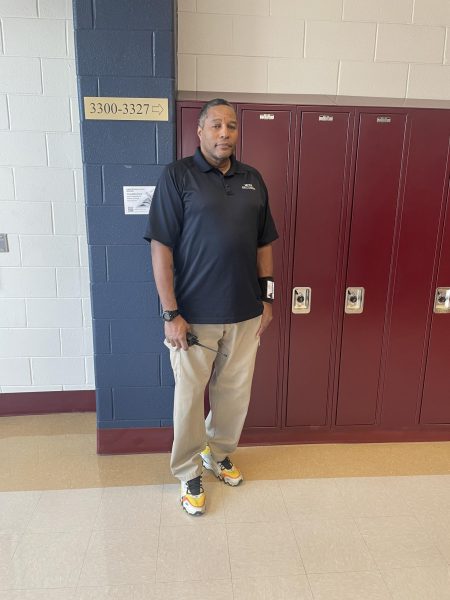NFL Focuses on Protection
January 3, 2019
The NFL is a place where you can see your favorite players shine as they dance across the plane of the endzone or celebrate a big interception or sack. But what if that great season comes to a sudden end due to a major injury to their head or leg? What if a player suffers an injury that could be devastating for that player not just this season, but for the rest of his life?
The NFL and the Player’s Association have stepped up their plan over the last few years to develop and institute new rules to protect players and minimize catastrophic injuries. Additionally, they have worked with developers to come up with better equipment to keep the game as physical as possible, but also as safe as possible.
One group that takes big hits, but is also seen by some as overprotected, are quarterbacks. No matter what you think about these guys, the league sees them as key players who they have to protect. According to the NFL 2018 Rule Book, quarterbacks must be protected and it is up to the referee to enforce this closely. The book says, “The Referee has principal responsibility for enforcing these rules. Any physical acts against a player who is in a passing posture (i.e. before, during, or after a pass) which, in the Referee’s judgment, are unwarranted by the circumstances of the play will be called as fouls.” This rule is beneficial for quarterbacks because this helps insure their safety by letting the players, coaches, and officials know that the referee is in charge and making the right call to protect the quarterback. This makes it tough for the defense, but it is all for player safety.
Other rules to protect players – mostly offensive players – like “down by contact,” which the rulebook describes as “when a runner is contacted by an opponent and touches the ground with any part of his body other than his hands or feet. The ball is dead the instant the runner touches the ground.” This rule helps protect players because before this rule there were many big hits on down receivers and late hits that caused injuries. One person who has a lot of insight into football is Coach Blackwell from Paint Branch. Coach Blackwell, who played high school football in Baltimore, college football at Bowie State university, and graduated in 1997, feels that today’s game is safer for players. He says it is “much safer because of the research. Back when I played there was not much research When I played if you had an injury they would tell you to ‘get some water and get back in.”
Coach Blackwell also noted that the helmets of today are much safer and better made.“The materials that are used to make helmets are better and the biggest factor is the variety of helmets,” Says coach Blackwell. “There is no real helmet that can prevent injuries entirely, but research has shown it can reduce the concussion rate.”
One aspect of the game that nothing can really change is its aggressive nature. Coach Blackwell understands this aspect and says that teaching players how to play safer is the key. It’s not harder [to teach safety] you just have to change the way its coached. We have to teach the game from a mindset of safety.”
At the pro level, which other levels use to develop their own rules, the league has looked closely at areas that allow them to improve player safety such as facemask penalties and defenseless player penalties. On the facemask call the rule reads, “No player shall grasp and control, twist, turn, push, or pull the facemask of an opponent in any direction.” They elaborate, “For twisting, turning, pushing, pulling, or controlling the mask: Loss of 15 yards. The player may be disqualified if the action is flagrant. If the foul is by the defense, it is also an automatic first down.” This is a rule – facemask – that has existed for years, but is a greater focus this year.
Equipment has changed over time.The sport has gone from helmets that used to be made from hard leather to helmets that were hard plastic, but not much protection, to the highly advanced helmets of today A look back at helmets reveals no face mask at all, one single bar no matter your position, to massive masks that added to the armor of a player. Today, one helmet that is particularly popular is the Riddell Speedflex. According to News Atlas “its flexible design, plus it attaches to the helmet at a total of four points on either side of the face, instead of at a single point above it. This arrangement allows the impact force to be more evenly distributed throughout the helmet, instead of being concentrated near the player’s forehead.” Speedflex is one of the top rated helmets I on the market( and is worn by some of your favorite athletes.
Another one of these great new helmets is the Schutt F7,which is just like the the Speedflex but instead of the flex system, the helmet has tectonic plates that move around to help distribute impact force around the helmet. According to Safety first sports “(3DM) System protects against dangerous rotational impacts. Tectonic Plates move independently of the helmet shell, reacting in multiple directions to help better distribute the energy of impacts. Expected to take over the Vicis spot for football safety in both NFL and Va Tech study. Becoming very popular with professional athletes looking for the top protection.”
The number one helmet on the market, worn by Russell Wilson and Patrick Mahomes to name two elite players, is the Vicis 01 helmet by Vicis. According to Forbes “VICIS engineers and neurosurgeons have developed a multilayered, highly-engineered helmet design that mitigates linear and rotational impact forces.” This helmet is different from others in that when there is force in a certain area of the helmet the helmet gives to the point of attack softening the blow to the head.
In addition there is nothing that can really prevent injury so all we can do is keep developing equipment to better insure player safety and reduce effects on players heads. Maybe one day we will have a helmet that can prevent concussions.


